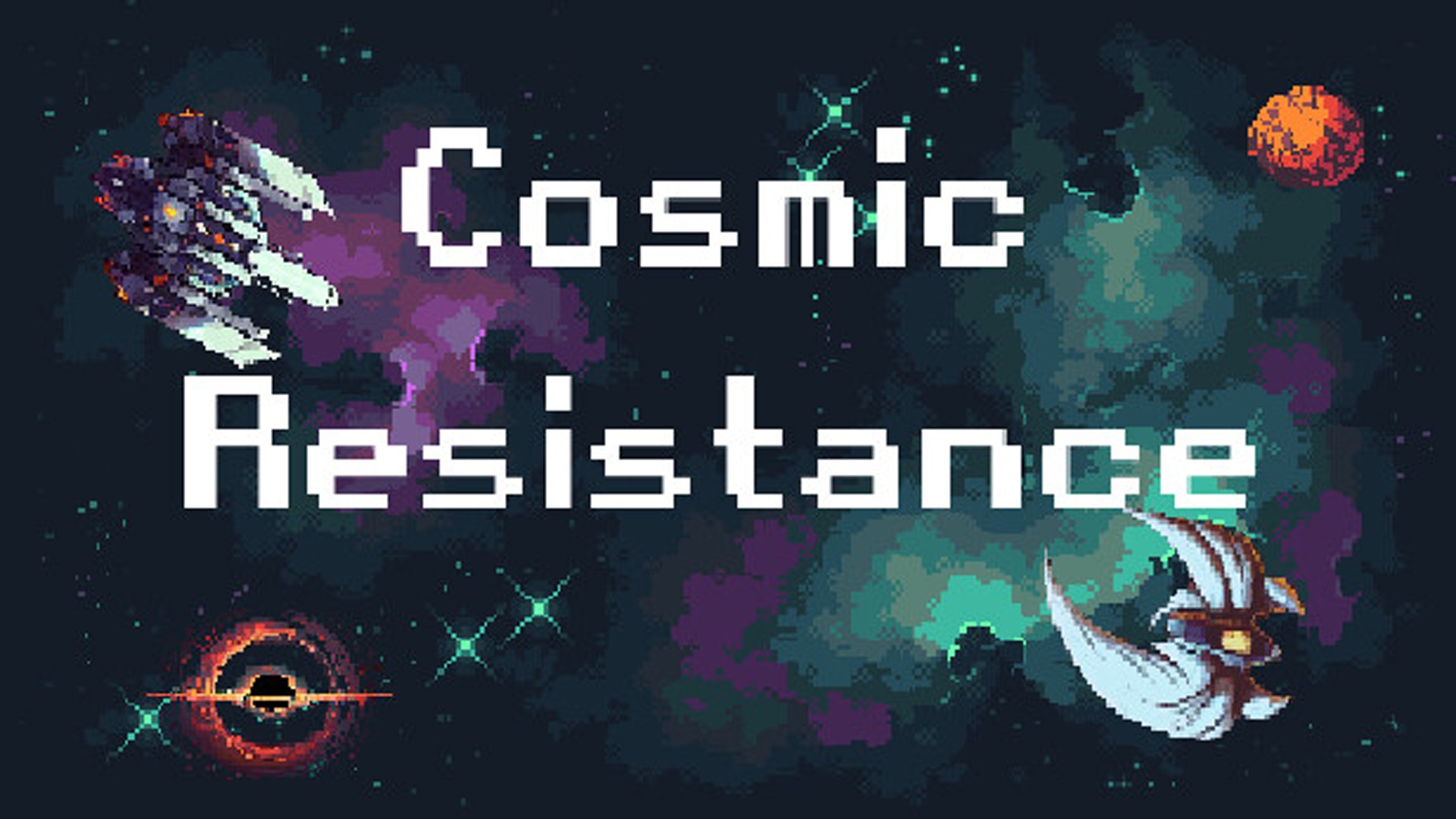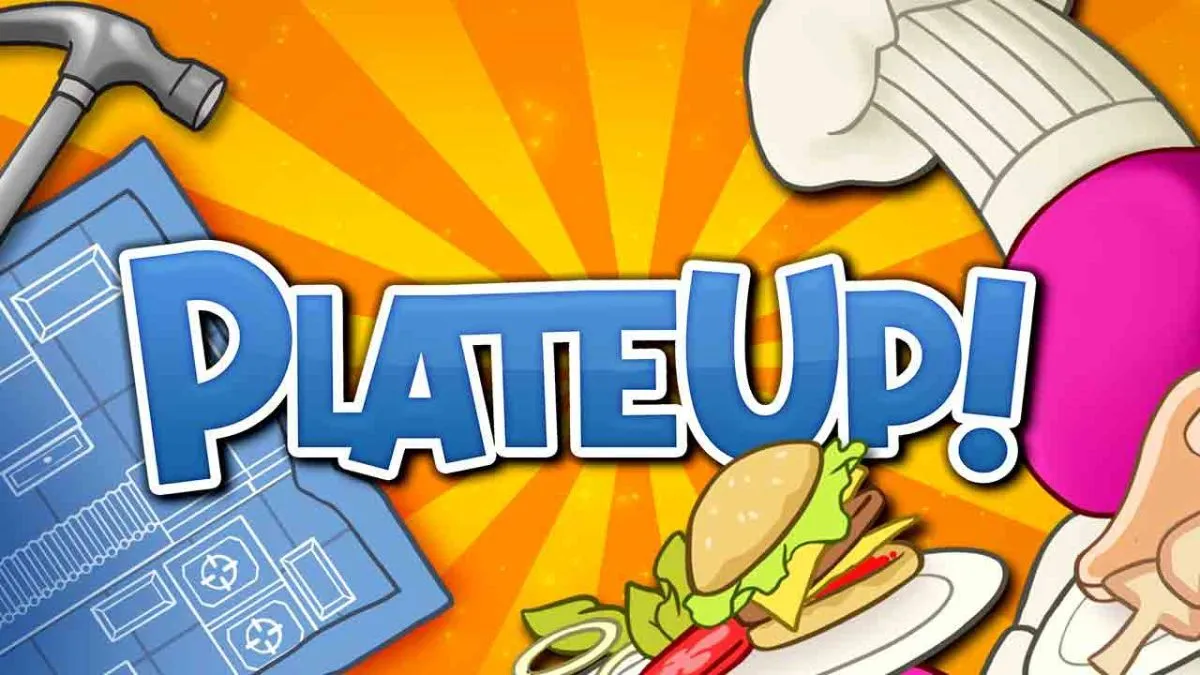Cosmic Resistance is a game of intergalactic strategy that sees you saving the human race from alien invaders. This small title is charming but lacks a greater strategic depth, making it hard to recommend alongside similar titles. A labor of love, this title clearly shows care in its creation, yet its full potential remains untapped.
Cosmic Resistance is basically the game of Risk in space. You and your AI opponent each start on a homeworld that produces ships, which you then send out to conquer other planets. Each ship fires a laser at the nearest enemy ship or shipyard and can conquer a planet by sitting on it uncontested for a time. The game is won once you conquer all of the planets present on a given level or have your homeworld conquered. The former victory condition either takes some time or comes super quickly, depending on which of the 50 levels you’re playing.
The game’s Risk similarities show pretty clearly in the mechanics. You go planet to planet (or ’tile to tile’), occupying the space with a larger force, and then produce more units based on which tile you’re on. Sort of. The game has some mechanical differences, specifically in how battles are won, and troops are produced.
For starters, a battle is not won through rolling the dice but is manually fought by each ship occupying the same space. This removes the RNG present in Risk’s combat mechanics but ultimately leaves a battle up to who has more ships.
Unlike in Risk, a smaller force cannot hope to defeat a larger one, and the numbers advantage automatically guarantees victory in a fight. Since ships all have the same health, the same damage, and target whoever is closest at the same time, you can have situations where entire fleets of backup are destroyed before they even have a chance to fire, with a small fleet of two or three ships joining the battle late and instantly being fired on by superior numbers.

One ship can’t beat two, two can’t beat three, etc, and no amount of strategic play will change that. Therefore, the only real way to ensure victory is to have a numerical advantage over your opponent.
To produce new units, you must capture and build a shipyard on a planet. However, doing so comes at a cost and can severely limit the strategic value of the planets present on a map to one or two planets.
See, building a shipyard requires ten ships. However, each planet is limited in the amount of ships it can produce, with some not being able to produce any at all. This turns Cosmic Resistance into more of a game of math than strategy, as building a shipyard on a planet that can produce less than ten ships is never viable.
Because of this, I never occupied a planet unless I could get a numbers advantage from doing so, and even then, it wasn’t always a viable move. Often, I would just move my starting fleet from planet to planet, killing the enemy fleet before they had a chance to build any shipyards, effectively starving them to 0 production power before taking the whole galaxy without resistance.
Later, the game becomes more strategically complicated, with hazards like black holes and buildable defenses making the game more complex. While these are good additions, the game never becomes more complicated than I described above.
The game could have more strategic diversity easily through different ship types. If you could produce more than just the simple fighter ship present in the game, the strategy would evolve beyond simply having an enormous armada and would require a bit more thinking than just basic math.

The lack of mechanical diversity holds the game back if only considering the platform it was released on. If this were a mobile title, it would be more of a contender of what’s on the market. However, games like Galatic Civilizations, Endless Space, and Stellaris are just a few franchises that do what Cosmic Resistance does at a far bigger scale and with more mechanical complexity, many of which can be purchased on sale for the same price. It simply does not hold up as a Steam title.
The game is not without potential, and you can tell that a lot of love has been put into it. One area in which it particularly shines is in the game’s art.
The pixel art in Cosmic Resistance is beautiful, depicting colorful nebulas and distant stars with a stunning balance between minimalism and detail. The planets cleverly use complementary color palettes to give the illusion of a living, complex world, which, in reality, is made up of nothing but different shades of a single color. Even though the game is on a 2D plane, circular objects like planets and the visually stunning black holes appear to have depth that isn’t really there, totally selling you on the space experience.

The character portraits, though few, are also really impressive to look at. Dialogue, where these portraits are shown, is only present at the start of a level (featured usually after a Marcus Aurelius quote, which the devs seem to admire) and gives you a bit of an easily digestible story about this war between humans and aliens. However, the game sometimes seems to lazily skip on intros by saying, “Oops, the translator is broken.” I would love to see another game by these developers with more of a character focus because the portraits were lovely, and they seem to have a great design on both character and environment.
The Final Word
Cosmic Resistance is a short, simple little title held back only by its lack of complexity. While it may be more at home as a mobile game, you certainly won’t be frustrated or annoyed by this title, and if the simple gameplay is enough to catch your attention, you have a generous 50 levels to play with it.
7
Cosmic Resistance was reviewed on the PC. Find more detailed looks at popular and upcoming titles in the Game Reviews section of our website! Cosmic Resistance is available on Steam.

